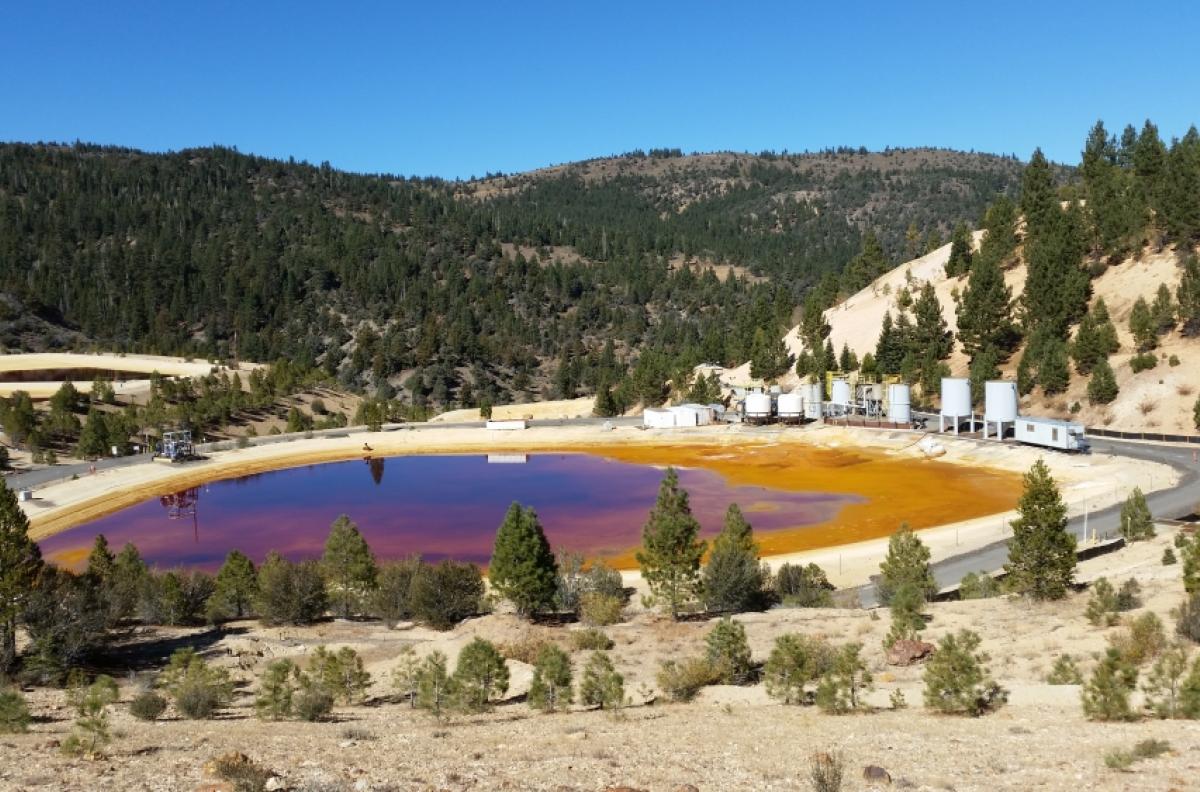
A containment pond collects polluted runoff from the mine for treatment.
Mining operations can continue to affect ecosystems long after activity has ended. Fortunately, this damage can be reversed. A team of scientists, including UC Santa Barbara’s Dave Herbst, investigated how river ecosystems respond to remediation efforts. The team combined decades of data from four watersheds polluted by abandoned mines. It took creative thinking to simplify the complex dynamics of nearly a dozen toxins on the myriad species in each river.
Ultimately, the team’s clever methodology showed that restoration can improve some of the biggest problems of mining contamination. Their findings, published in the journal Freshwater Science, revealed strategies that worked well as recovery patterns across the four waterways. The results also suggest that regulations need to consider all contaminants together, rather than establish standards on an individual basis.